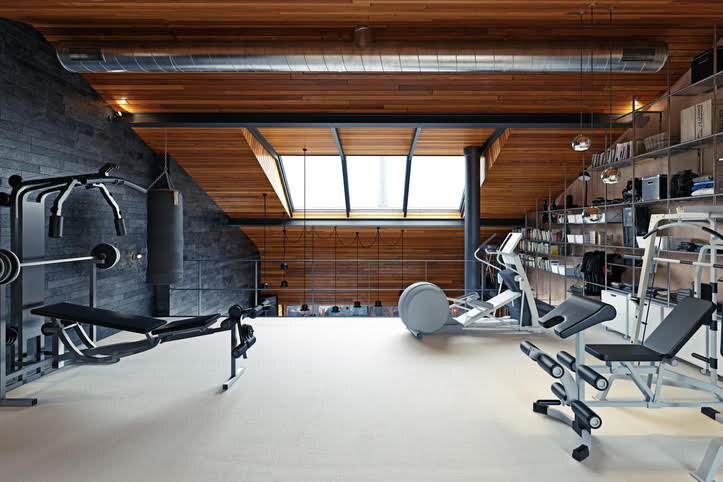“I haven’t had to use my inhaler since the day that I began nasal breathing” – Ryan Teixeira, former collegiate soccer player and current CrossFitter.
How could this be? Ryan is an elite athlete who as such received a tremendous amount of athletic coaching his entire life. When he began to experience difficulty in breathing, his doctor diagnosed exercise-induced asthma and prescribed an albuterol inhaler. Up until recently, he had been using that inhaler multiple times a day for over SEVEN years. That’s well over 5,000 inhalations of a foreign chemical. Unfortunately, this was unnecessary since everything he needed to breathe optimally was already provided by his nose, in spite of having a severely deviated left septum.
One of the benefits of nasal breathing, defined as “breathing solely through your nose,” is the distribution of Nitric Oxide (NO) throughout the cardiopulmonary system. No, not that Nitrous Oxide (NOS) used by Vin Diesel to fuel his cars so he could live his “life a quarter mile at a time” in the Fast and the Furious cinematic franchise, but rather Nitric Oxide (NO). Nitric Oxide is naturally produced in our paranasal sinuses and is delivered throughout our body when we breathe solely through our nose. Nitric Oxide is a natural antimicrobial and vasodilator. NO also counteracts bronchoconstriction, which occurs with exercise-induced asthma, allergies and other respiratory issues. Albuterol, the active ingredient in the inhaler Ryan used for seven years, works by bronchodilation, the opposite of bronchoconstriction. Currently NO, due to these same properties, is now being used internationally to treat Covid-19 patients in respiratory distress.
Mouth breathing on the other hand can be quite harmful, as Ryan now realizes. When you breathe through your mouth, especially during exercise, you are actually narrowing and constricting the smooth muscle that lines your airways. This can inevitably lead to exercise-induced asthma. You are also dehydrating yourself while mouth breathing, whether it is during exercise or not. Let’s say you are going for a hike, a long bike ride, or a run where water may be limited. If you are breathing solely through your mouth, you will lose up to 42 percent more moisture compared to nasal breathing (breathing solely through your nose). That is the difference between being extremely dehydrated and not. Habitual mouth breathing is a primary cause of low levels on Nitric Oxide. Listed below are a few conditions associated with low NO levels:
High Blood Pressure
Erectile Dysfunction
Insomnia
ADHD
Poor Memory
Asthma
Anxiety/Irritability
Decreased Heart Function
Thin Bones
And the list goes on…
Ryan’s triumph over exercise-induced asthma is one of the many success stories that I have witnessed since implementing nasal breathing with my clients. Andrew Muse, a mountaineer who resides in Salt Lake City, Utah, took note of my promotion to convert to nasal breathing during training and sport back in 2018. Since then, Andrew has educated himself and implemented nasal breathing techniques into his daily routine. The outcome? “Nasal breathing has been so beneficial for me, I’ve been telling everyone to do it. Anyone who has trouble getting in the zone or finding rhythm in their activity will greatly benefit from nasal breathing. Your focus on breathing properly during exertion allows synchronicity between mind and body. It becomes mediation.” Mind you he nasal breathes over TWO miles above sea level while hiking, mountain climbing, skinning, mountain biking and skiing (YEWWWWWW!).
However, Andrew’s and Ryan’s successes are not just limited to the benefits of Nitric Oxide. Many pulmonologists, scientists and experts all agree that we are a culture of over breathers. Meaning, we breathe way more than we should. You might be questioning, “How can we over breathe too much when our body was designed to breathe this way?” Well, as explained by James Nestor, author of the recently published New York Times best-selling book, Breath: The New Science of a Lost Art, “just as we’ve become a culture of over eaters, we’ve also become a culture of over breathers.”
When we breathe through our mouth we tend to over breathe, and we exhale too much Carbon Dioxide (CO2). Contrary to popular belief, the more air you breathe in and out of your mouth does not equate to more Oxygen (O2) being delivered to your tissues. What about those oxygen masks you see on the sidelines of football fields, especially the ones in Denver, Colorado, the mile-high city? Useless (for real). The only time an oxygen mask is beneficial for a healthy individual is above 8,202 feet (2,500m), which is the height you can begin to feel the effects of a lower partial pressure of oxygen in the air. Anyone familiar with basic human physiology can tell you why: Oxygen binds to hemoglobin on red blood cells. Oxygen then unloads from hemoglobin to your tissues with an increase in Carbon Dioxide (CO2) partial pressure. This is known as the Bohr Effect. When you breathe through your mouth, you are actually decreasing the amount of CO2 in your blood. Therefore, you are decreasing the potential amount of oxygen delivered to your tissues. Conversely, when you breathe solely through your nose, you are increasing your body’s tolerance to carbon dioxide and delivering more oxygen to your tissues. This results in increased oxygen carry capacity and delivery to your tissues (higher VO2 Max for example). Intolerance to Carbon Dioxide is also why people are struggling with a mask on during COVID-19. Wearing a mask regularly will actually increase your tolerance to Carbon Dioxide and increase the amount of Oxygen being delivered to your tissues.
“So, you are telling me to breathe only through my nose and not breathe through my mouth? But why has no one told me this before!?”
I know, right?! I myself played ice hockey, baseball and track and field in high school. Not once did a coach or trainer advise me to breathe solely through my nose. I even went on to study cardiopulmonary physiology in college and completed over 4,000 clinical hours before graduating. Never did I read or hear anything about breathing solely through the nose. All of this changed in 2017 when I read The Oxygen Advantage by Patrick McKeown, who is regarded as the top professional on nasal breathing in the world.
I recently told Patrick about my experience at university and asked him why this is not yet being taught in higher education. His response: “It is a very understudied topic. People ask for science, but science has not yet caught up.”
Nasal breathing and the benefits associated with it are undeniable. While it is an understudied topic, there is a significant number of scientific articles, clinical studies, and publications clearly demonstrating the benefits. This information is not new either. It has been known for thousands of years and studied, documented and reproduced within the last few centuries. However, it is only recently that awareness started to increase. The Joe Rogan Experience, the number one podcast in the world, recently featured James Nestor discussing his own personal journey with nasal breathing, which is detailed in his new book that I mentioned earlier, Breath: The New Science of a lost Art. I highly recommend giving it a read.
I will bet money that within the next decade breathing correctly is going to be right up there with diet and exercise as the major modalities to improve your health. Tolerance to carbon dioxide will be a significant measure of fitness right up there with VO2 Max. We can go a few weeks without food, and a few days without water, but we cannot go more than a few minutes without air. Breathing rules all, and it is about time that we started educating people on the most beneficial ways to do so.
Ryan Beauchesne holds a B.S. in Cardiopulmonary Physiology from Northeastern University and is owner of Mobility Rx LLC, your personal fitness consultant, a concierge physical therapy and personal training service. He coaches worldwide online via the TrueCoach App (on iTunes and Android) and in person in Boston. For more information on how you can improve your health and performance, email Ryan at info@mobilityprescription.com or visit www.mobilityprescription.com.













































